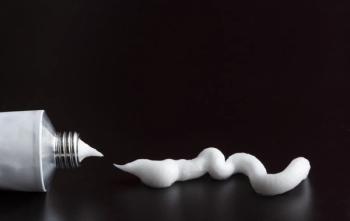
Sedentary lifestyle increases mortality risk
The less a postmenopausal woman moves, the higher her risk of mortality, according to a new study in the American Journal of Preventive Medicine.
The less a postmenopausal woman moves, the higher her risk of mortality, according to a new study in the
Researchers from Cornell University looked at the 92,234 women aged 50 to 79 years who had participated in the Women’s Health Initiative Observational Study through September 2010. The women self-reported the amount of sedentary time via a questionnaire and were then sorted into 4 categories (≤4, >4-8, ≥8-11, >11 hours). The average follow-up period was 12 years.
Women who reported the highest sedentary time had an increased risk of all-cause mortality when compared to women with the least amount of sedentary time (hazard ratio [HR] = 1.12, 95% confidence interval [CI] = 1.05, 1.21). When separated into cause of mortality (cardiovascular disease [HR 1.13, 95% CI= 0.99, 1.29], coronary heart disease [HR= 1.27, 95% CI = 1.04, 1.55], and cancer [HR=1.21, 95% CI= 1.07, 1.37]), women who reported the least amount of physical activity were at increased risk compared with women with the highest level of activity.
The investigators concluded that the more time a woman spent sitting would linearly increase her mortality risks. They said that women should start taking precautions such as taking breaks from the computer or getting up during television commercials, as early as possible.
To get weekly advice for today's Ob/Gyn,
Newsletter
Get the latest clinical updates, case studies, and expert commentary in obstetric and gynecologic care. Sign up now to stay informed.










